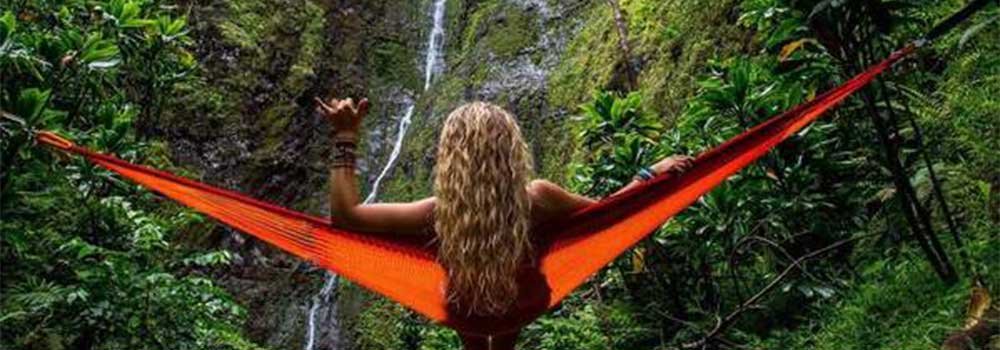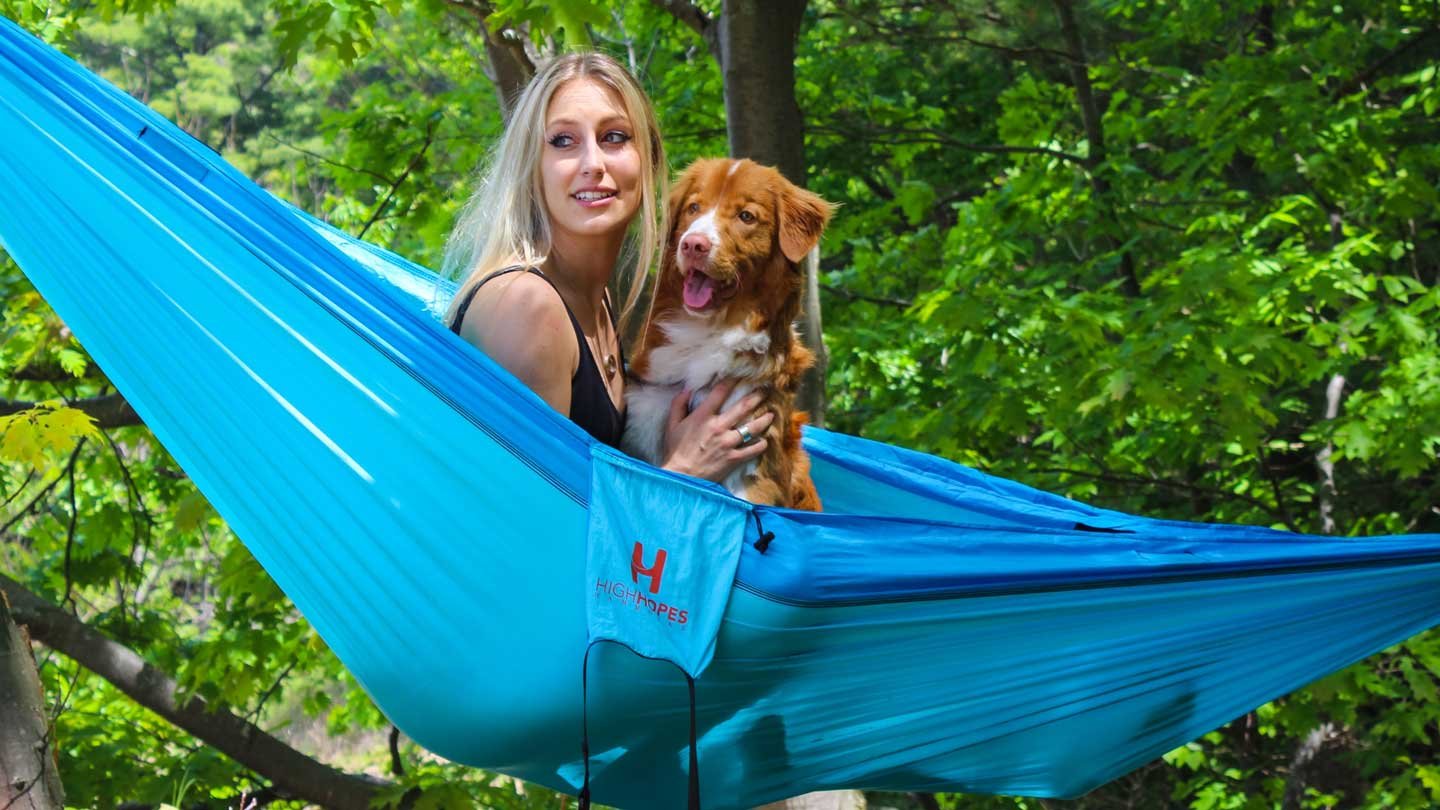Camping in a hammock looks like a lot of fun, doesn’t it? It can be a more comfortable option for hiking and drive-in campsites than tent camping. When you’re going to give it a shot, do it correctly with these professional suggestions and recommendations for the best gear.
Therefore, before you look for the best place to buy hammocks online, let’s know the tips for happy hammock camping.
Hammock Camping: Pros & Cons
To begin, consider the pros and cons of hammock camping.
Pros
- If you enjoy being suspended in the air, hammock camping is ideal.
- This doesn’t matter if the ground is rough, uneven, muddy, or damp.
- When done correctly, sleeping in a hammock may be warm, dry, and peaceful.
Cons
- To string up a hammock, you’ll need a couple of solid trees spaced appropriately apart, with trunks that aren’t obstructed by heavy boughs. This is neither straightforward nor feasible in all circumstances.
- A hammock dips toward the center in a banana shape, which some people find unpleasant, particularly those who move a lot while sleeping.
- Your bed sways with each minor movement, which isn’t for everyone.
- In heavy rain, a hammock does not protect two or more people from keeping dry together in camp, and it provides limited space for one person to move around if sheltering from rain for several hours.
- Sleep in a hammock in your backyard before buying all the gear and planning a hiking trip to hammock camp.
Tips for Sleeping In a Hammock
Hanging the Hammock

Put the hammock no higher than 3 feet above the ground, drooping at a 30-degree angle. Make it taut but not too tight since this might induce a constraining “cocoon effect” and lead you to flip and fall out of the hammock.
To limit how much the hammock sags and envelops you, lie in it at a diagonal angle. This isn’t always achievable with the lightest, narrowest hammocks, so be sure you know what you’re getting before you buy hammocks online.
Insulation from Cold Air
You’ll need protection from the chilly air and wind beneath the hammock. But many air mattresses wrinkle awkwardly in a hammock. Find one that fits well, or opt for an underquilt instead of an air mat.
In damp weather, thread the hammock as near to the ground as possible without touching it, and pitch the peak of your tarp close overhead. Tie strings, sometimes known as “drip lines,” to the strap that connects each end of a hammock to a tree, with the two ends of each string dangling down.
In this manner, any rain or water that runs down the straps drips off the cables instead of going into and ruining your hammock. When hammock camping, avoid setting up a hammock on dead trees or near dead limbs that might fall on you and always observe safety guidelines.
The Bottom Line
Hammocks must not be strung such that the lowest point is higher than 3 feet above the ground. Only use replacement ropes recommended by the manufacturer. If you’re working with live trees, be careful not to harm the outer bark.
Hammocks should be hung in safe places, such as trees or strong poles. Never hang a hammock from a moving object. Avoid keeping more weight in a hammock than the manufacturer recommends.









